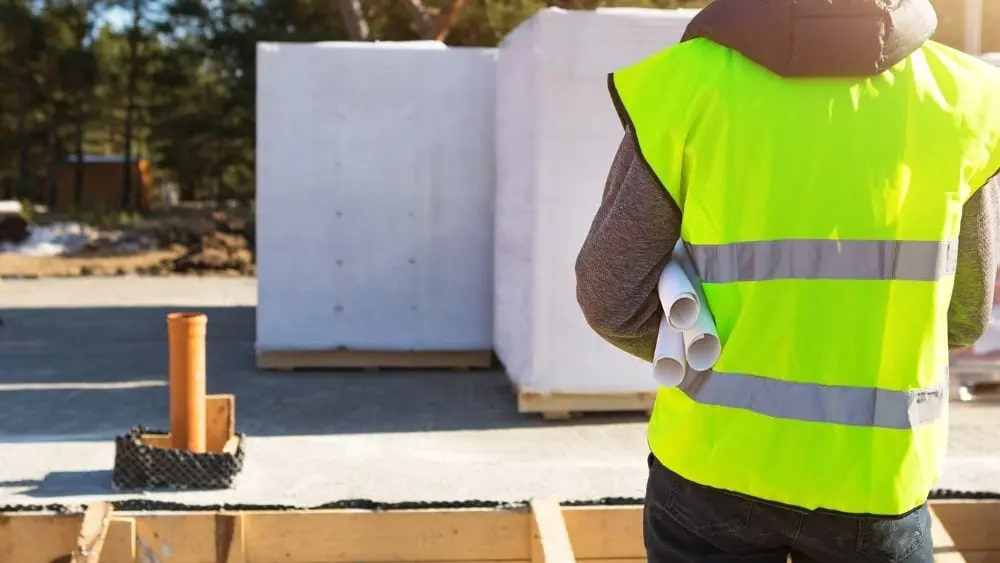
When it comes to choosing your new home’s foundation, it’s both exciting and challenging to find the perfect fit. While there are several types of foundations to choose from, selecting the method and material is equally as important.
This is the point where your site location and budget are big factors in your decision. Do you lean towards the less expensive monolithic poured concrete slab, or would you prefer the quick production and assembly of precast concrete panels? Is your site easily accessible for a cement mixer and truck to navigate, or is your remote lot better suited for treated wood? These are important questions to ask before breaking ground.
Be sure to consult your builder for their advice and experience with certain foundation installation methods. If you’ve already done some research or you’re just getting started, I’ve put together a brief list of foundation methods for your consideration.
Poured Concrete
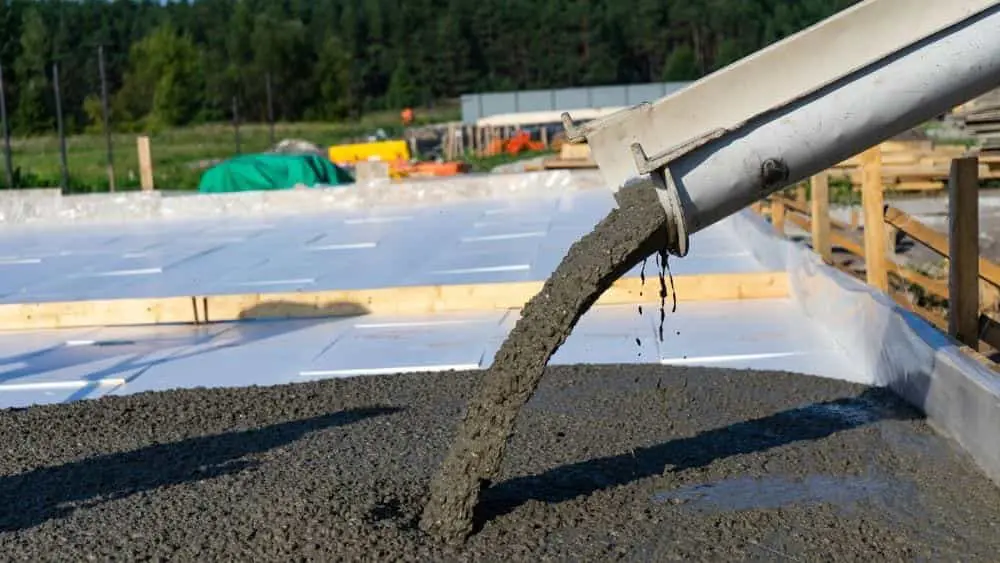
Concrete, which happens to be the oldest man-made material on Earth, is a mixture of cement, sand, gravel, crushed rock, varied aggregates, and the key ingredient: water. The proportions of these elements determine the mixture’s durability and strength. One continuous pour of the mixture into wooden forms onsite will cure as a single slab to support the weight of your home. Many builders and homeowners prefer this method to the masonry or precast concrete panels, as it may have lower risk for seeping moisture as one consolidated unit.
When poured into a monolithic slab-on-grade foundation, concrete is most effective in warm climates and areas where groundwater prevents basement installation. Poured concrete slabs should not be installed in frigid climates or areas where the ground often freezes and thaws in the winter, putting the slab at a greater risk for cracking and breakage.
To protect the slab from potential cracks, it is usually reinforced with embedded steel bars. Concrete has a notably high compressive strength but a low tensile strength. Translation: it can withstand large loads that transfer compressed weight onto its surface, but is weaker when exposed to elongating forces that stretch the foundation longitudinally; it’s like when the ground shifts beneath and pulls in opposite directions. The steel bars, known as rebar, add additional tensile strength in the rare event that the foundation’s capacity is exceeded. It is crucial for the mix to be adjusted with the appropriate amount of water to allow the concrete to flow easily around the reinforcement bars and ensure a full and even spread.
Poured concrete is a simple and easy option for many different home styles and foundations. The ingredients are easily available and can be molded into any shape, so it’s guaranteed to fit your unique home design. Its monolithic character and smooth texture offer a fine finish and pleasing appearance. It is also very resistant to moisture, mold, mildew, and insect damage.
Concrete’s impressive ability to tolerate intense loads through high compressive strength makes it more economical than other structures, such as steel or wood. However, concrete slabs may not be the best solution for cold environments, even when protected with rebar. Its low tensile strength puts concrete at a disadvantage for potential cracks that can be expensive and tough to repair.
The cost of concrete may vary, though it is easily one of the least expensive foundation materials. The selected ingredients, availability of materials, and method of mixture (hand or machine) contribute to its cost. On average, the price of concrete in the United States is approximately $113 to $126 per cubic yard, or $2.83 to $3.57 per square foot depending on the thickness of the slab, plus labor cost.
Precast Concrete Panels
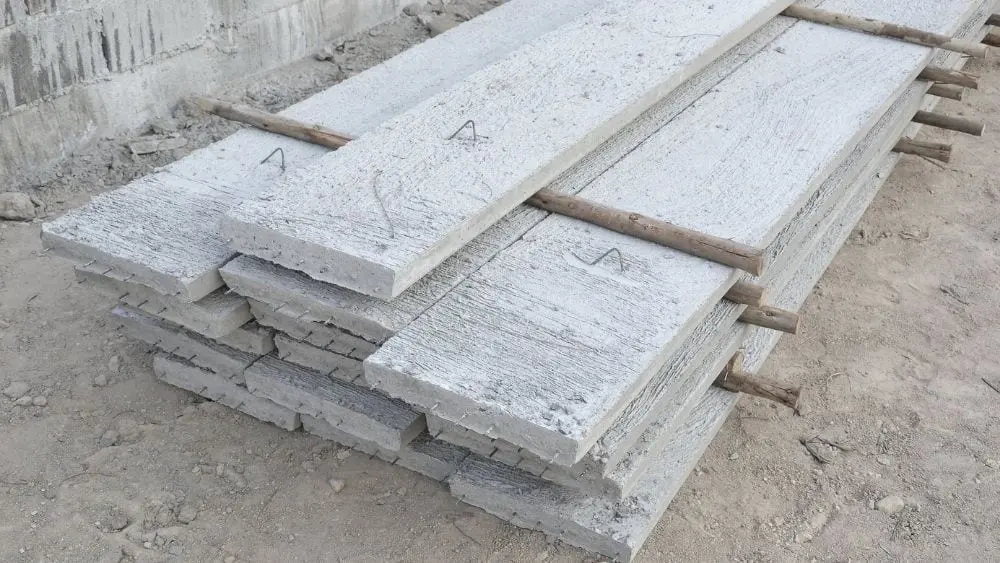
Precast concrete panels offer the same compressive strength as poured concrete, but are manufactured off-site as movable units. These panels are created by pouring the mixture into re-usable molds and adjusting them to your blueprint specifications. Once cured, the molds are removed, and the concrete panels are transported to your site for installation.
Since they are cured in a controlled environment, concrete panels are not at risk for weather delays. You should receive your foundation in the same amount of time (or less!) than if it was poured onsite. However, installation of precast concrete panels requires machinery such as a crane, which may pose a challenge. The labor cost may be higher than poured concrete for this reason, as well.
Concrete is typically ill-advised in cold climates but may be used effectively in combination with other materials and insulation. When cured and installed properly, precast concrete panels can result in warmer, drier basements and may offer convenient features such as easy access for wiring and plumbing. Additionally, the high-strength, low-water mix used for the precast panels is typically denser than average concrete and offers greater water resistance.
Precast concrete panels are available at a competitive cost to other foundation materials. They are most effective when used to construct basements with consistent sill heights, since different wall heights can slow the build and install process and minimize cost effectiveness.
Concrete Masonry
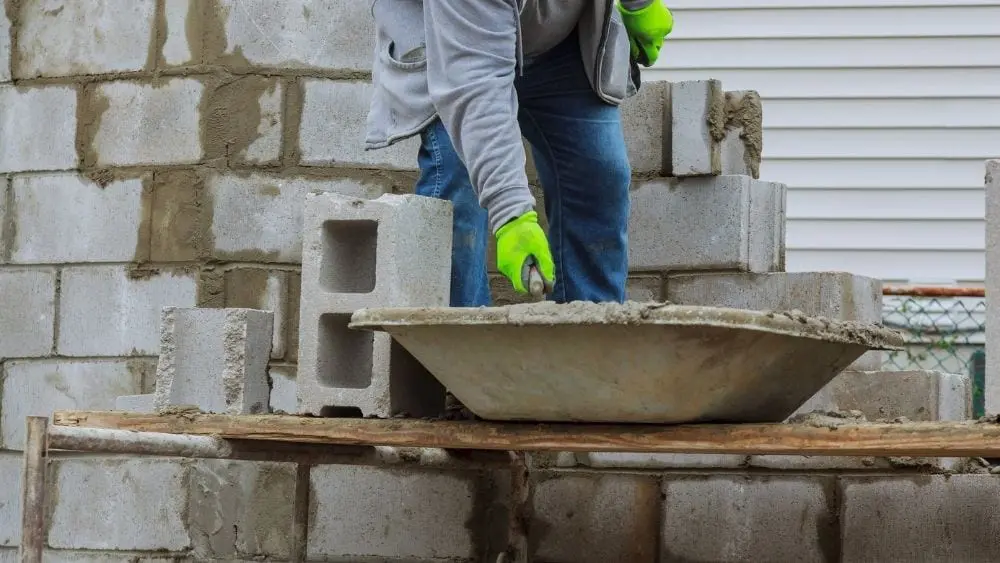
The use of concrete cinderblocks or traditional bricks to erect basement walls and frames for crawlspaces is known as concrete masonry. These structures can be reinforced with bars as needed for support. Installing blocks is an intricate process that involves leveling and jointing the pieces together.
Concrete masonry units (CMU) are versatile building products that may be considered an environmentally-friendly option. They can be reused for many purposes since they come in an extensive variety of shapes and sizes. Most often made from cement, aggregates, and water, these portable blocks are durable, easy to install, low maintenance, and fireproof.
While it is a relatively inexpensive option, homeowners run the risk of costly repairs in the long term if the structure is not sufficiently waterproofed. Moisture and earth can seep in through the cracks, leading to mold, mildew, and pests. An air and moisture barrier can help to seal the crevices but may lengthen the required project completion time.
When choosing concrete masonry units to build at least part of your foundation, you can anticipate approximately $3 per square foot for cinder blocks and an additional $9 to $12 per square foot for installation, labor, and equipment. You can expect a completed, 100-square-foot project to cost between $1,200 and $1,500, depending on your location and site.
Stone
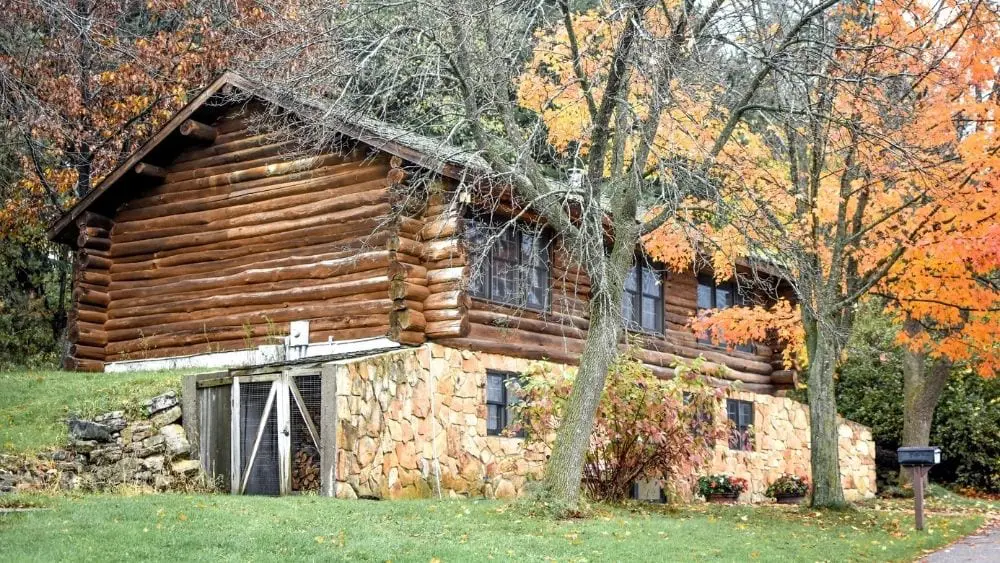
Ready to buy your very own stone fortress? It’s a bit of a challenge to find modern homes with stone basements, but these were very popular once upon a time.
If you are moving into a quaint antique farmhouse or a newly-minted historic home (built pre-World War I), you may inherit a stone basement that includes a mixture of stones and cement to form a solid barrier. They tend to crack and chip over time, so builders have moved away from this once-commonplace approach.
Most builders do not utilize this method in modern homes, so if you happen to have a home with a stone basement, it is probably quite old. As all structures age, you may encounter problems as the mortar wears down and crumbles due to water damage or bowing. The composition and lack of uniformity with the stones make the situation incredibly difficult to remedy. When the wall begins to crumble, don’t wait; you should attempt to replace the mortar as soon as you notice areas of degradation.
Unfortunately, as you continue to replace the mortar, other areas will keep crumbling allowing more moisture to come in. You might consider using certain spray applications of concrete to permanently repair stone walls with a steel framework. These new walls will replace the stone and lower your risk of walls eventually caving in.
Stone offers a gorgeous aesthetic on many home foundations, but historically lacks the sustainability and structural integrity to last very long. However, you might consider adding a stone façade to your foundation to create a unique charm and intrigue to your exterior design.
Wood
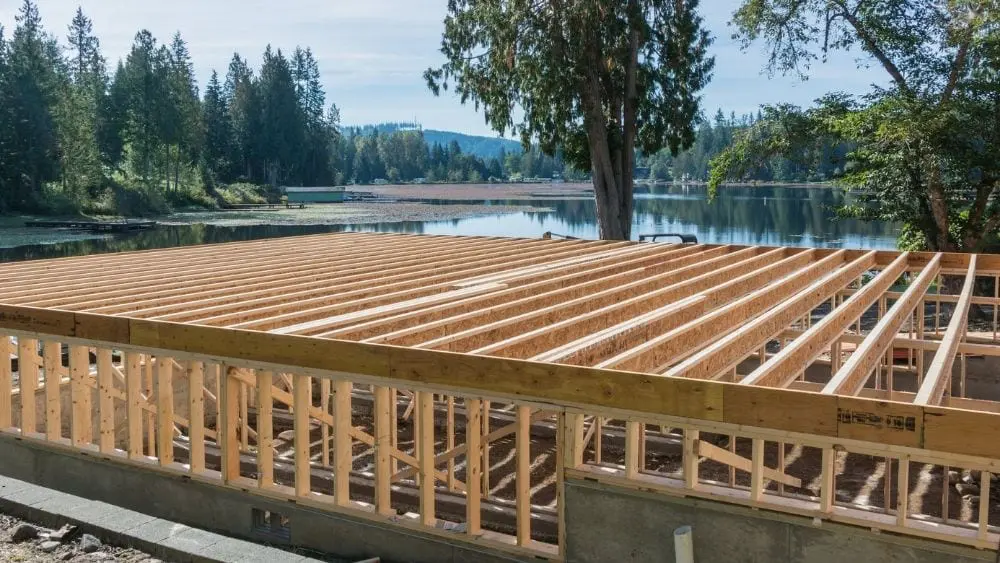
Pressure-treated lumber offers an eco-friendly option for new homebuyers. It is easy to assemble and quite sustainable. The wood is chemically treated to resist moisture that could lead to damage from mold, fungus, or termites.
Not all treatments were created alike, however. Be sure to do your research to learn everything that you need to know about your new home’s wood foundation, the strength of the treatment, and what exactly is repelled. If the wood is made to be resistant to moisture but not insects, consider your environment and make sure there are no prominent risks. The key to a lasting wood foundation is regular maintenance and recommended retreatments.
Treated wood is built to withstand heavy loads and environmental elements such as snow and winds. While the lumber may be moisture-resistant, it still is not recommended to build in heavily saturated areas. The treatment can wear down over time, leading to expensive repairs and replacements if not cared for properly and consistently.
Lodges and cabins in remote locations are likely to have wood foundations because wood is easy to transport to areas that cement trucks and mixers can’t easily pass. They were previously common in the Northern regions for basements and raised foundation building, but have decreased in popularity in recent years.
Wood is unfortunately quite expensive, and regular maintenance and treatments add to the long-term cost. However, it can be an efficient solution if you are willing to devote the time and effort to continue treating the wood and caring for your structure as time marches on, increasing the longevity and cost benefits.
Pick Your Home Foundation Method
When you’re buying or building a new home, the foundation is key. It sets the stage for your next great adventure and lays out the promise of many years and special memories to come. I hope my research has given you some great questions to ask your builder and new options to consider, so you can get out there and pick the home foundation method that’s just the right fit for you.

Melanie Theriault is a writer, counselor, and lifelong learner. She holds a B.A. in Sociology from Southwestern University, where she discovered her passion for fostering human connection through storytelling.
 Choosing the Best Sink Material for Your Home
Choosing the Best Sink Material for Your Home